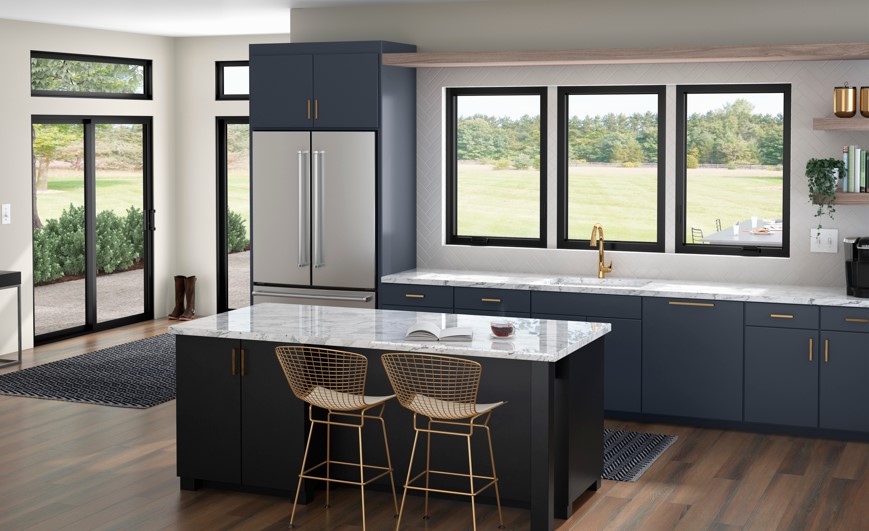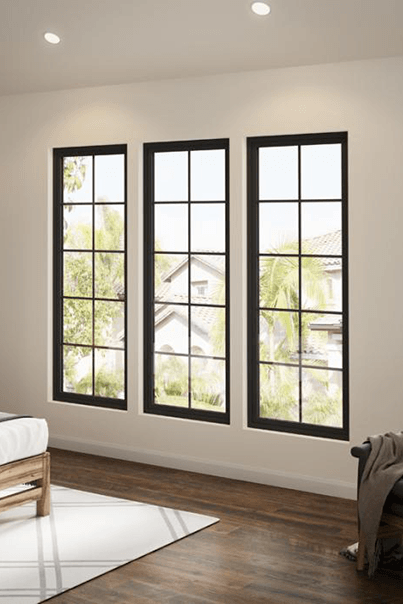
Milgard Capstock vs Painted
Cap tock vs. Painted Vinyl: Which One is Right for You?
tock vs. Painted Vinyl: Which One is Right for You?
When picking Milgard vinyl windows, people often wonder about capstock and painted vinyl. Knowing the differences helps ensure your windows last long and look great.
What is Capstock?
Milgard's capstock is a strong acrylic layer that sticks well with the vinyl frame. It's very resistant to scratches, peeling, and fading over time.
Key Benefits of Capstock:
- More durable than painted vinyl
- Less likely to scratch or peel
- Withstands exposure to the elements better
- Available in black exterior with white or black interior
What is Painted Vinyl?
Milgard’s painted vinyl windows have a special paint that lets UV rays pass through. This stops the paint from getting dull too soon. Unlike other vinyl windows, Milgard's paint should not fade as quickly.
Key Benefits of Painted Vinyl:
- More color options beyond just black (Espresso, Silver, Bronze, Classic Brown, depending on location)
- UV-resistant formula helps maintain color
- Cost-effective alternative to capstock
⚠ Important Note:
Painting Milgard vinyl windows yourself will void the warranty. Always choose factory-applied finishes.
Cost Comparison:
- White or Tan – $ (Most Affordable)
- Painted Vinyl – $ (Moderate Cost)
- Capstock – $ (Highest Cost, Most Durable)
Capstock vs. Painted Vinyl for New Construction
Building a new home with a stucco exterior? Spending extra on capstock might be worth it. Masking or duct tape can stay on windows for weeks or months. Capstock is less likely to peel under these conditions, making it a better choice for the long run.
Warranty Information
Milgard offers a 10-year limited warranty for both capstock and painted finishes. Make sure to check the details. Coverage usually includes fading and peeling but not accidental damage.



